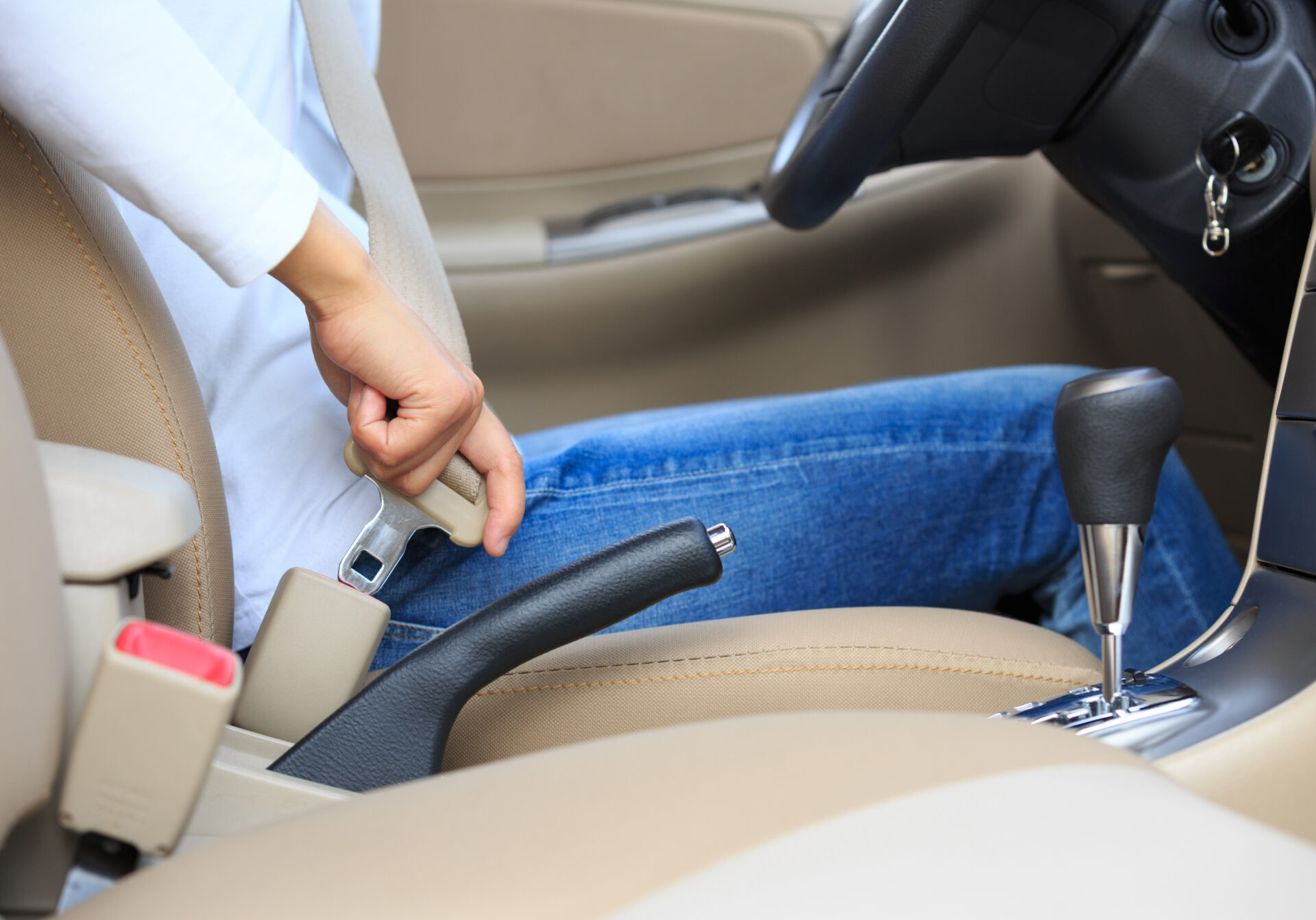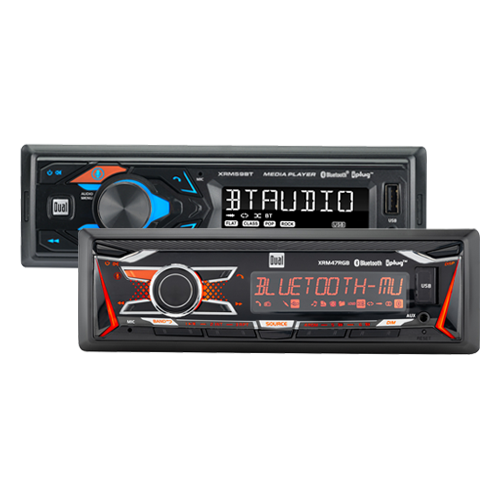Car
Maximizing Safety: How Android Auto Reduces Distractions

Staying connected is essential in today’s world. Fortunately, the integration of technology into our daily lives has now extended to our vehicles. While the convenience of accessing information, entertainment, and navigation on the go has undoubtedly improved, it has also raised concerns about driver distractions and road safety.
Addressing this issue, Android Auto emerged as a promising solution, aiming not just to connect drivers to their smartphones, but to do so in a way that minimizes distractions and enhances overall safety on the road.
Understanding Driver Distraction
Before diving into how Android Auto works its magic, let’s understand the gravity of driver distraction. The National Highway Traffic Safety Administration (NHTSA) identifies distracted driving as any activity diverting a person’s attention away from driving, including texting, using a cellphone, eating, or adjusting entertainment systems. It’s a significant cause of accidents, with potentially life-threatening consequences.
The Evolution of Android Auto
Recognizing the need for safer driving practices in a tech-driven world, Google introduced Android Auto, an innovative platform designed to simplify access to smartphone functionalities while driving. This system effectively integrates with a car’s infotainment system, providing a streamlined interface for essential tasks.
How Android Auto Reduces Distractions
Voice Commands:
The cornerstone of Android Auto’s safety features lies in its robust voice command system. By utilizing Google Assistant, users can perform various functions hands-free. Whether it’s making calls, sending messages, or accessing navigation, the voice command system allows drivers to keep their hands on the wheel and their eyes on the road.
Simplified Interface:
Android Auto’s interface is intentionally designed to be simple and user-friendly. The larger icons and minimal text make it easier for drivers to quickly glance at the screen and comprehend information without becoming overly engaged. This streamlined interface reduces cognitive load, enabling drivers to focus on driving while still accessing essential information.
Integration of Notifications:
Critical notifications like incoming messages or calls are seamlessly integrated into the navigation interface. By presenting notifications in a non-intrusive manner within the same screen as navigation, Android Auto minimizes the need for drivers to switch between multiple screens or apps, reducing the potential for distraction.
Optimized Apps for Driving:
Applications available on Android Auto are specifically curated and optimized for use while driving. These apps prioritize functionalities that don’t demand excessive attention, such as music streaming services (like Spotify), voice-activated messaging, and hands-free calling. By restricting the available applications to those that are safer to use while driving, Android Auto helps mitigate distractions.
Safety Lockouts:
Android Auto has safety lockouts in place for certain features to prevent distracted driving. For example, while the car is in motion, access to certain functions like typing out a message or entering detailed information is restricted, ensuring that drivers stay focused on the road.
Accessibility Features:
To cater to a wider audience, Android Auto also includes accessibility features such as larger fonts, color contrasts, and compatibility with screen readers. These features ensure that individuals with diverse needs can use the system easily and safely while driving.
Constant Updates and Improvements:
Google consistently updates and enhances Android Auto, not just to add new features but also to refine existing ones with safety in mind. This commitment to improvement ensures that the platform evolves in response to user feedback and technological advancements, continuously striving to provide a safer driving experience.
By combining these features, Android Auto creates an ecosystem that prioritizes safety without compromising the convenience of staying connected while on the road. It’s a comprehensive approach that caters to the need for connectivity in a responsible and secure manner.
The Future of Safe Connectivity
The integration of technology into vehicles has undeniably transformed the overall driving experience. However, it’s crucial to acknowledge and address the risks associated with distractions while on the road. Android Auto represents a significant step towards minimizing these risks by offering a safer way to access essential smartphone features while driving.
Ultimately, the goal is not just to connect us, but to do so responsibly. As we move forward, it’s imperative for both technology developers and drivers to embrace innovations like Android Auto, prioritizing safety without sacrificing the benefits of staying connected on the go. After all, safety should always ride shotgun! If your current vehicle’s factory radio does not have Android Auto, consider upgrading to an Android Auto receiver today.















Car
The Impact of Speaker Size on Sound Quality in Car Audio Systems
Home
TV Sound Bar Maintenance: Tips for Longevity
Car
5 Signs It’s Time to Upgrade Your Car Stereo System
Home
Top 10 TV Sound Bars of 2024: Reviews and Recommendations